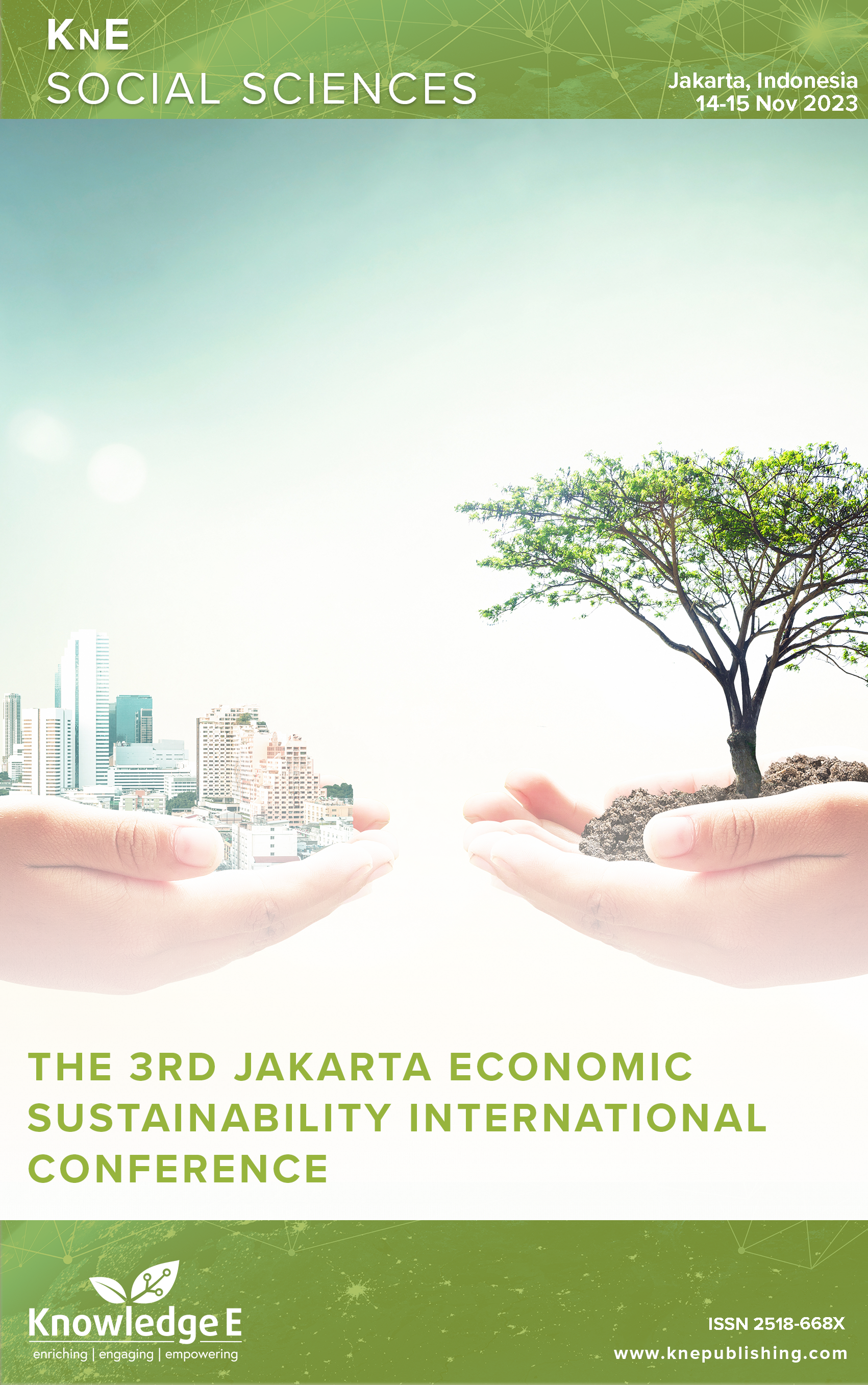Application Multicriteria Decision Making in Analysis Of Inequality And Cultural In Sade
DOI:
https://doi.org/10.18502/kss.v9i20.16522Abstract
Sade Village is a village located in eastern Indonesia, precisely in Rembitan, Pujut, Central Lombok Regency, West Nusa Tenggara which is inhabited by the Sasak tribe. The Sade tribe has unique activities including ikat weaving, carving and Peresean art, as well as a unique culture called “Marriage Cultivation”. So many uniqness in this area, but the problem are many of the human resources in this village are less interested in technology, so the inequality in tourism development models is very far from Bali. This paper use Multiple-criteria decision-making (MCDM) method, is one of the main decision-making problems which aims to determine the best alternative by considering more than one criterion in the selection process. MCDM has manifold tools and methods that can be applied in different fields from finance to engineering design. Based on the results of the analysis, it was found that the variables modernization, nutrition, taxes, infrastructure, health, religion, customs and family which are in the influence variable or driving quadrant are the main variables that determine the potential to overcome inequality. Economic potential and cultural uniqueness can be further enhanced to provide added value for the welfare of society.
Keywords: Sade Village, Potential, Unique, MICMAC
References
Ambarwati, R., Kusumastanto, T., & Fachrudin, A. (2016). Economic Analysis and Policy for the Development of Tabuan Island Marine Tourism in Banyuwangi Regency, East Java Province. IPB Journal.
Fachriyan, M. A., & Nidyantoro. (2016). Analysis of the Economic Impact and Economic Value of Situ Udik Bogor Nature Tourism. IPB Journal.
Ichsan, R. M., Sutandi, A., & Sunito, S. (2017). Analysis of Cultural Heritage Objects as Potential Urban Tourism Areas in Bogor City. IPB Journal.
Mangiri, D., Siregar, H., & Rustiadi, E. (2019). The Impact of Lake Sentani Tourism on the Local Economy and Level of Regional Development in Jayapura Regency. IPB Journal.
Mazaya, A. F., Yulianda, F., & Taryono. (2018). Development of Marine Ecotourism with an Approach to Coral Reef Resource Assessment in Karimunjawa National Park. IPB Journal.
Muflih, A., Fahrudin, A., & Wardianto, Y. (2015). Dynamic Modeling of Interspatial Management of Coastal Tourism Areas (Case Study: Tanjung Pasir Coast and Untung Jawa Island). IPB Journal.
Nurita, Mulatsih, S., & Ekayani, M. (2016). Strategy for Development of Local Community-Based Turtle Nature Tourism on Temajuk Beach, Sambas Regency, West Kalimantan. IPB Journal.
Pramudia, E. (2008). Evaluation of the Actual Potential of Tourist Attractions in Agam Regency, West Sumatra for Planning Development Programs. IPB Journal.
Pratikto, A. (2012). The Influence Of Culture On Economic Performance. Economic Studies Bulletin, Volume 17 number 2.
Rahmatica, A., Kusumasthanto, T., & Sadelie, A. (2017). Economic Analysis and Policy for Marine Tourism Development in the Mandalika Special Economic Zone, Central Lombok (Case Study of Kuta Beach). IPB Journal.
Silvitiani, K., Yulianda, F., & Siregar, V. P. (2017). Study of the Development of Beach Tourism and Surfing Tourism Based on Natural Resource Potential in Sawarna Village, Banten. IPB Journal.

